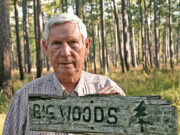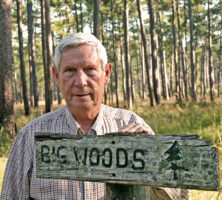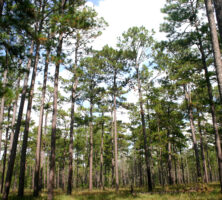Leon Neel was a leading advocate of the ecological management of forests. Trained by famed Georgia naturalist and land manager Herbert L. Stoddard, Neel refined the Stoddard-Neel System of forest management over the course of fifty years. Neel’s implementation of this system allowed many plantations in both the Red Hills area, between Thomasville and Tallahassee, Florida, and the Albany region to be noted for their rare ecological values.
Neel was born on March 20, 1927, in Thomas County. In 1950 he graduated with a bachelor’s degree in forestry from the University of Georgia (UGA) and went to work for Stoddard. In 1963 Neel took over the timber management portion of the business. At one time he and Stoddard managed thousands of acres of timberland, often with a special emphasis on maintaining or restoring longleaf pine ecosystems. After Stoddard’s death in 1970, Neel established Neel and Associates.
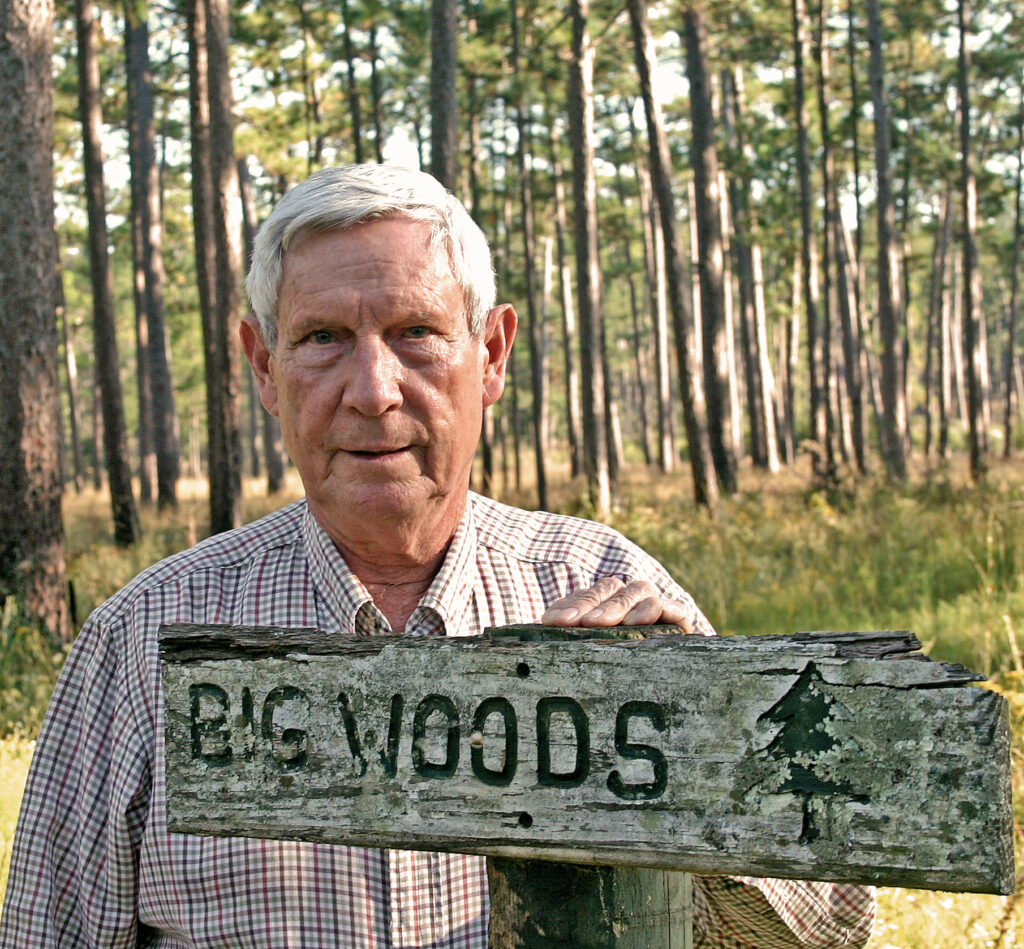
Photograph by Julius F. Ariail Jr.
The Stoddard-Neel System of forest management insists on the selection of individual trees for harvest and eschews the clear cutting or harvesting of groups of trees to clear space for sunlight. As such, the system emphasizes the concurrent management of wildlife, aesthetics, and timber resources, as well as ecosystem integrity, and seeks to perpetuate a multiple-aged stand of trees. A Stoddard-Neel forest is economically productive over the long term without sacrificing biodiversity and aesthetics. The system recognizes that a forest’s ecological health is as dependent on its understory as on the trees themselves.
Fire is also an important element of the Stoddard-Neel system. Having observed and helped with annual burning practices as a child, Neel, as a young professional, already knew the value of fire. He quickly learned from Herbert Stoddard and land managers Ed Komarek and Roy Komarek the scientific purpose for fire, especially in the longleaf- wiregrass ecosystem. Ed Komarek, referred to by some as the father of fire ecology, helped to establish the scientific basis of prescribed burns, especially during his tenure as director of Tall Timbers Research Station, located near Tallahassee, Florida. Present at the founding of Tall Timbers, Neel participated in many of its annual fire ecology conferences and served on its board for several years. Over the next fifty years he refined his knowledge of prescribed burns (Neel preferred the term “controlled burns”), while managing the timber in such rare old-growth longleaf forests as the Big Woods of Greenwood Plantation and the Wade Tract of Arcadia Plantation, both in Thomas County.
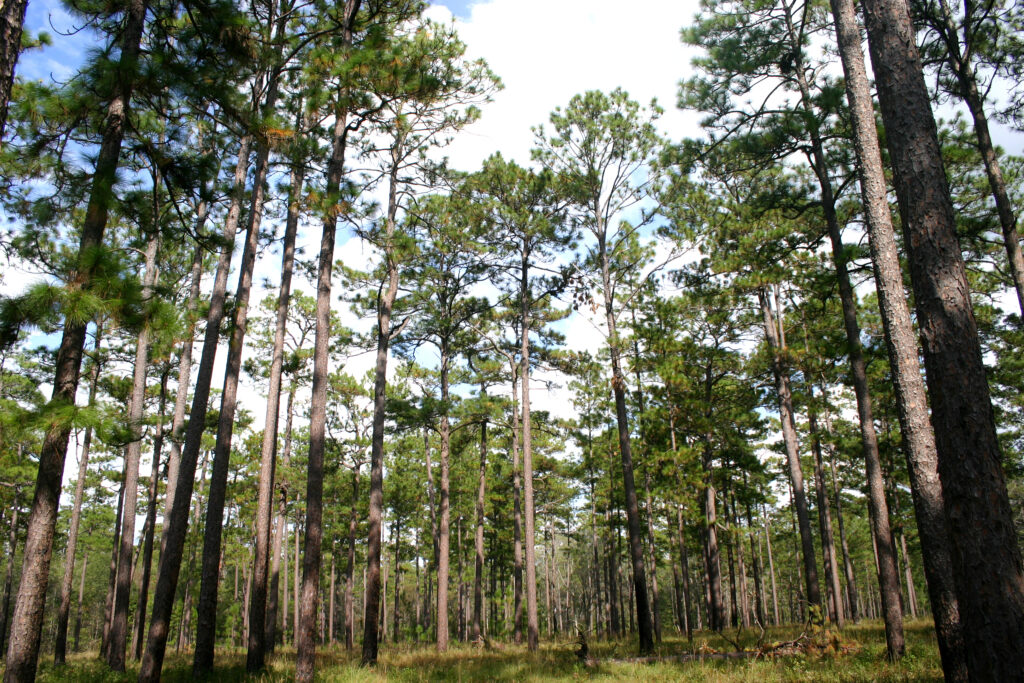
Photograph by Julius F. Ariail Jr.
Wildlife management also played a role in Neel’s philosophy. Aware of Stoddard’s successes with wildlife management in ecologically sound environments, Ed Komarek encouraged UGA to establish a wildlife management program. Neel enrolled in the university’s first and, at that time, only class on the subject. From the beginning of his career, he, like Stoddard, was as interested in wildlife’s role in ecologically sound environments as he was in forestry.
In his later years, Neel continued to consult with both managers and landowners as they sought to maintain and restore longleaf pine ecosystems. It is a credit to Neel’s work that many private landowners have set aside ecologically sensitive land through conservation easements, written through and monitored by such organizations as the Nature Conservancy and Tall Timbers Research Station.
Neel received the Georgia Conservationist of the Year award in 2001. He died on May 13, 2019.


